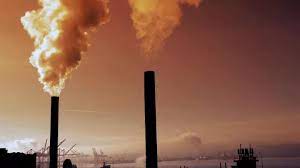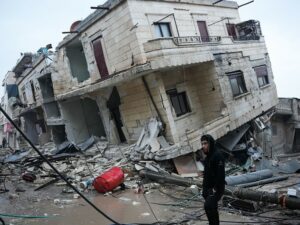Air pollution is refers to any physical, chemical Or biological change in the air .It is harmful to people, plants 🌱 and animals.
Deforestation is when forest are converted for other purposes by cutting down trees to clear the land for other use. By consuming less, avoiding single use packaging, eating sustainable food this is how to stop Desforestation.
Tips on how to help to oceans:
Use few plastic because plastic can harm marine life by habitat destruction, clean the beach, save water and while doing dishes etc, keep in mind were all the products go down the drain.

Pollution examples:
Air pollution, carbon, water, sulfur, acid rain, no2 and soil.
Deforestation examples:
Rain forest destruction, wood harvest, wood extraction and timber logging.
Atmosphere example:
Sunny, cloudy, rainy, cold, hot, windy, stormy and snowing. The things that is causing it is hydrogen and helium.
- Conserve Water. Use less water so excess runoff and wastewater will not flow into the ocean.
- Reduce Pollutants. …
- Reduce Waste. …
- Shop Wisely. …
- Reduce Vehicle Pollution. …
- Use Less Energy. …
- Fish Responsibly. …
- Practice Safe Boating.
- we don’t help the planet the trees will die and what did trees give us oxygen.
- Power down: Making little changes in the way we live can go a long way to reducing energy use—and carbon emissions. Try drying laundry on a clothesline or rack instead of in the dryer. Walk, bike, take the bus, or carpool to work or school. Replace light bulbs and older appliances with newer.
- Be careful of what you eat because when you eat something you may not love it and wasting food is bad.

 Introduction:
Introduction: